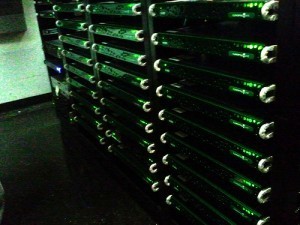Grass Valley demonstrates how easy it is to take any live program and automatically format it for the web and mobile computing devices, complete with the ability to replace advertisements in the live stream, with its turnkey MediaFUSE Live automated content repurposing and multi-distribution system.
This plug-and-play streaming solution offers dynamic live streaming in the Flash, HLS-5, and Windows Media formats. This allows TV broadcasters and all types of multi-platform content providers to automatically convert linear content and stream it live to address 95% of the multimedia consumption devices (such as the Apple iPad, iPhone, and Google Android) in use today.



 Your new post is loading...
Your new post is loading...









